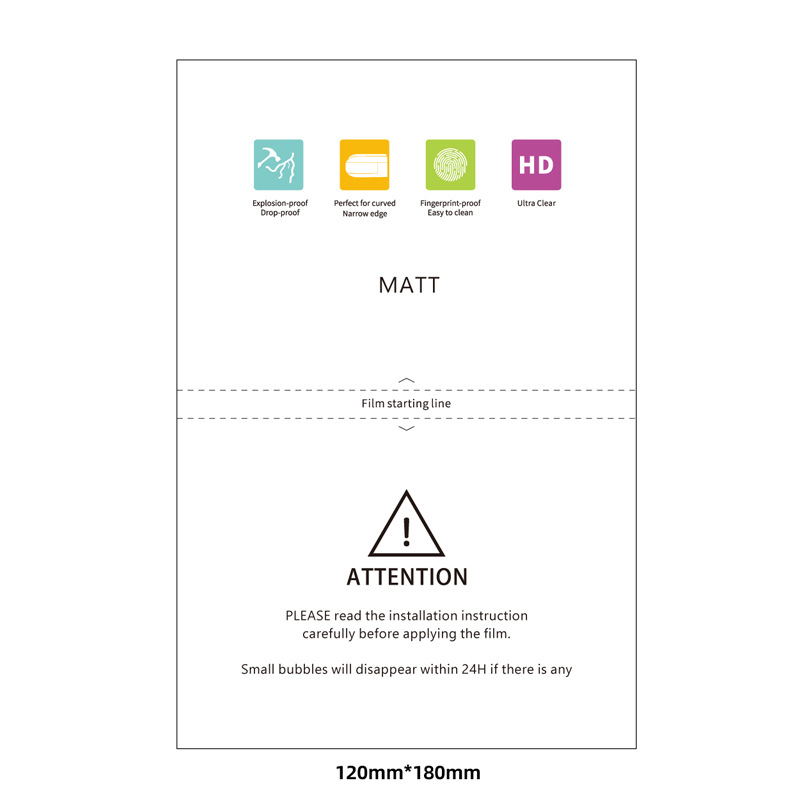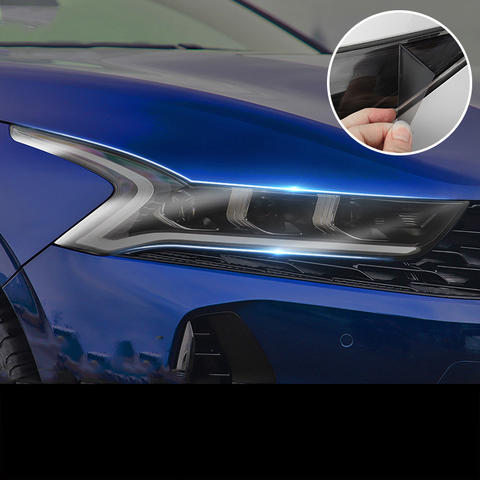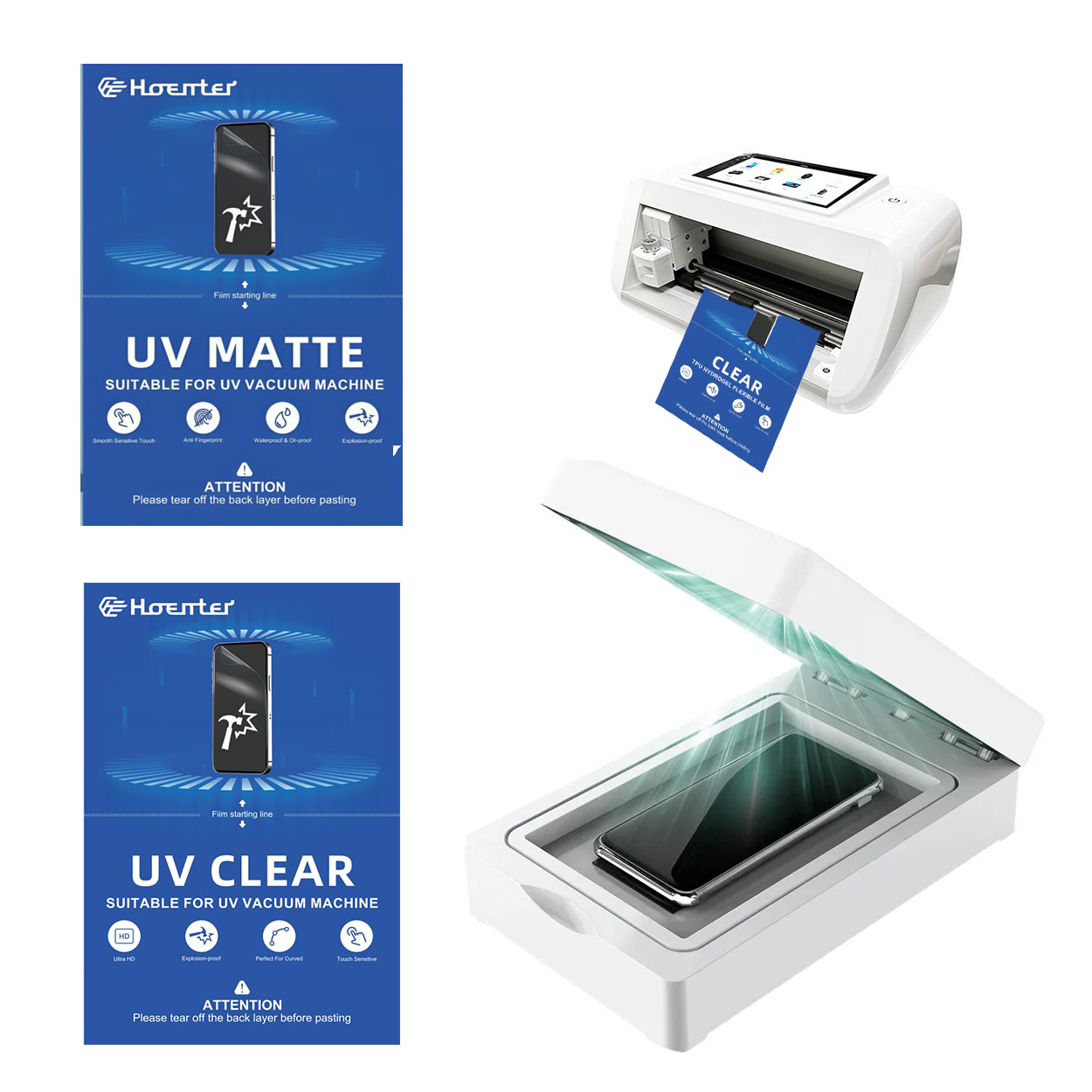
How to Choose the Right Flexible Hydrogel Film for Your Product
Table of Contents
Extract
Summary
Their unique properties stem from their composition, which can be either synthetic or natural, allowing them to closely mimic biological tissues or be tailored for specific applications. The growing interest in flexible hydrogel films is driven by their potential to revolutionize products such as wound dressings, drug delivery systems, and wearable technology, addressing both medical needs and consumer demands for innovative solutions.
Notably, flexible hydrogel films are classified into several categories based on their responsiveness to environmental stimuli, including light-responsive, conductive, and temperature-sensitive hydrogels. Each type serves specific purposes, from smart drug delivery systems that respond to light to conductive hydrogels utilized in flexible electronic devices. These films can also exhibit remarkable mechanical properties and biocompatibility, making them suitable for applications in tissue engineering and regenerative medicine, where they provide scaffolding that supports cell growth and tissue repair. Choosing the right flexible hydrogel film for a product involves careful consideration of factors such as mechanical properties, biocompatibility, swelling behavior, and cross-linking density. These attributes significantly influence performance in various applications, necessitating thorough testing and evaluation to ensure optimal functionality. Additionally, emerging trends emphasize sustainability and the integration of user-centered design, as consumers increasingly prioritize environmentally friendly options and improved user experiences in their purchasing decisions. Despite their promise, the development and use of flexible hydrogel films are not without controversy. Concerns regarding the biodegradability of synthetic variants and potential environmental impacts have prompted research into eco-friendly alternatives, while regulatory challenges continue to shape their application in sensitive areas like healthcare. As innovation in this field progresses, ongoing scrutiny regarding safety and efficacy remains essential to ensure these materials meet both regulatory standards and consumer expectations.

Types of Flexible Hydrogel Films
Flexible hydrogel films are categorized based on their composition, structure, and responsiveness to environmental stimuli. Each type exhibits unique properties that make them suitable for specific applications in fields like electronics, medicine, and biotechnology.
1. Synthetic Hydrogels
Synthetic hydrogels are created through chemical crosslinking of polymer chains and can be tailored for various applications. Common examples include polyvinyl alcohol (PVA), polyacrylamide, and polyethylene glycol (PEG) hydrogels. These materials are often utilized in drug delivery systems, tissue engineering, and wound dressings due to their high water retention and biocompatibility, though their biodegradability can be adjusted through chemical modifications
.
2. Natural Hydrogels
Natural hydrogels are derived from biological materials such as alginate, gelatin, and hyaluronic acid. These hydrogels closely mimic the extracellular matrix, making them advantageous for applications in regenerative medicine and tissue engineering. Their natural origins also impart enhanced biocompatibility, though they may vary in mechanical strength and stability compared to synthetic alternatives
.
3. Light-Responsive Hydrogels
Light-responsive hydrogels can change their properties or release drugs in response to light stimuli. These materials are particularly useful for applications in targeted drug delivery and photonic devices. The ability to control swelling and degradation rates with light makes them ideal for smart medical devices and flexible electronics
.
4. Conductive Hydrogels
Conductive hydrogels incorporate conductive materials such as carbon nanotubes or metallic nanoparticles, enabling their use in flexible electronics and sensors. These materials can serve in applications ranging from touch panels and sensors to energy storage devices. Their unique properties allow them to function effectively in varied conditions while maintaining flexibility
.
5. Responsive Hydrogels
Responsive hydrogels, including those that react to pH, temperature, or ionic strength, are designed to change their swelling behavior and mechanical properties based on external stimuli. This versatility makes them suitable for applications in drug delivery systems where precise control over release mechanisms is critical
.
6. Hybrid Hydrogels
Hybrid hydrogels combine synthetic and natural polymers or incorporate nanomaterials to enhance their mechanical and functional properties. These hydrogels can provide a balance between biocompatibility and strength, making them ideal candidates for applications in soft robotics, artificial skin, and 3D bioprinting
.
Factors to Consider When Choosing a Hydrogel Film
Mechanical Properties
The mechanical properties of hydrogels significantly influence their performance in various applications. Properties such as stiffness, elasticity, and tensile strength should align with the intended use of the hydrogel. For instance, ECM stiffness can impact cell behavior, affecting proliferation and migration rates
. Therefore, evaluating the elastic modulus and other mechanical characteristics is essential for applications that require specific load-bearing capabilities.
Biocompatibility
When selecting a hydrogel film, one of the primary factors to consider is its biocompatibility. Hydrogels that closely mimic the extracellular matrix (ECM) often exhibit superior biocompatibility compared to synthetic options. Materials must be non-toxic and non-cancerous, ensuring they do not induce chronic physiological or inflammatory reactions after degradation
. This is crucial in medical applications where prolonged contact with biological tissues is necessary.
Swelling Behavior
Hydrogel swelling behavior, influenced by factors such as pH, ionic strength, and temperature, is critical for applications like drug delivery. The swelling ratio can be calculated using the formula: swelling ratio = (w_t – w_d) / w_d, where w_t is the weight of the swollen hydrogel and w_d is the weight of the dried hydrogel
. Understanding this behavior can help in controlling drug release rates and ensuring the hydrogel maintains its structural integrity in biological environments.
Temperature Sensitivity
Temperature-sensitive hydrogels, such as those based on poly(N-isopropylacrylamide) (PNIPAAM), are particularly useful for applications requiring injectability and responsiveness to physiological conditions. These hydrogels exhibit changes in properties with temperature fluctuations, making them suitable for soft tissue regeneration and controlled release applications
. Thus, their temperature sensitivity is a vital factor to consider for specific functional requirements.
Cross-linking Density
The cross-linking density of the hydrogel affects both its mechanical properties and swelling behavior. Higher cross-linking typically results in reduced swelling and altered mechanical strength, which can influence drug release mechanisms and overall hydrogel performance
. Adjusting the molar ratios of polymer components, such as hyaluronic acid and polyglutamic acid, can optimize the desired properties for specific applications.
Type of Hydrogel
Finally, the type of hydrogel—whether synthetic or natural—also plays a role in the selection process. Natural hydrogels, due to their inherent biocompatibility and structural similarity to ECM, may be preferable for medical applications, while synthetic hydrogels may offer advantages in terms of customization and stability
. Understanding the specific advantages and limitations of each type will aid in making the best choice for the intended application.

Testing and Evaluation
Importance of Testing in Hydrogel Film Selection
Selecting the right flexible hydrogel film for a product involves rigorous testing to ensure material performance under specific conditions. Iterative testing through prototyping and sampling can identify potential issues early in the design process, thereby saving time and resources. This phase often necessitates collaboration with specialized service providers who possess expertise in various manufacturing and testing techniques, including 3D printing, injection molding, and precision machining
.
Standardized Testing Methods
Standardized testing methods are essential for evaluating the mechanical and chemical properties of hydrogels. These methods, developed by national and international standards organizations such as ASTM and ISO, provide a consistent framework for material comparison under uniform conditions
. Testing protocols may include visual inspections for defects, dimensional accuracy checks, and performance evaluations under simulated conditions. Quality assurance mechanisms are crucial for maintaining material standards throughout the production process, ensuring that the final product meets the required specifications.
Mechanical Properties Testing
Understanding the mechanical properties of hydrogels, such as tensile strength, elasticity, and impact resistance, is vital for their application. Common testing methods include tensile tests, compression tests, and fatigue tests, which provide insights into how materials behave under different stresses
. For instance, tensile tests help determine the maximum stress a hydrogel can withstand before breaking, while fatigue tests assess how the material performs under repeated loading and unloading over time.
Chemical Resistance Evaluation
In addition to mechanical properties, selecting materials that can endure exposure to various chemicals and solvents is crucial for the longevity of hydrogel applications. Compatibility with chemicals is often determined through standardized tests that measure a material’s resistance to acids, bases, and organic solvents. This evaluation helps ensure the integrity of the hydrogel film when subjected to specific chemical environments, thus preventing premature degradation
.
Performance in Extreme Conditions
Hydrogels may also be evaluated for performance in extreme conditions, such as high temperatures or prolonged exposure to moisture. Testing under these conditions can reveal potential weaknesses and inform design choices to enhance durability. Incorporating such performance testing into the evaluation phase ensures that the chosen hydrogel film will meet the demands of its intended application, thus enhancing product reliability and safety
.
Applications of Flexible Hydrogel Films
Flexible hydrogel films have garnered significant attention for their diverse applications across various fields, particularly in medicine, electronics, and environmental sensing.
Medical Applications
Wound Dressing
Hydrogels are increasingly utilized in wound dressing due to their ability to absorb water multiple times their dry weight, helping to manage wound secretions and maintain a moist healing environment
. Traditional wound dressings often lack antibacterial properties and adequate oxygen permeability, leading researchers like Hassan Namazi to develop antibiotic-loaded nanocomposite hydrogels that enhance wound healing outcomes. Studies have shown that injectable methylcellulose hydrogels containing silver oxide nanoparticles significantly improve the healing rate of burn wounds, with minimal inflammation and tissue necrosis observed in treated areas compared to untreated controls.
Tissue Engineering
Hydrogels serve as scaffolds in tissue engineering because they can mimic the extracellular matrix (ECM) of various tissues, providing biochemical signals that promote cell proliferation and differentiation
. Their mechanical properties can be engineered to resemble those of natural tissues, making them suitable for applications ranging from artificial skin to cartilage regeneration. Additionally, advancements in optical crosslinking have enabled the fabrication of hydrogels with complex shapes that can be tailored for specific tissue engineering applications.
Controlled Drug Delivery
The unique properties of hydrogels also make them ideal candidates for controlled drug delivery systems (DDS). Their high porosity allows for the efficient loading and release of pharmaceutical compounds over extended periods, ensuring that drugs are delivered at predetermined rates
. This sustained release capability is particularly beneficial for maintaining therapeutic drug concentrations at targeted sites in the body, enhancing treatment efficacy.
Electronic Applications
Flexible Electronics
Hydrogels are emerging as key materials in the field of flexible electronics due to their outstanding flexibility, conductivity, and tunable mechanical properties
. They have been integrated into devices such as sensors, touch panels, and energy storage systems. Recent developments in the synthesis of conductive hydrogels have enabled their use in high-performance applications like memristor devices and various sensing technologies, including temperature, humidity, and strain sensors.
Wearable Technology
Hydrogels are increasingly employed in wearable technology, where they can track and analyze personal data through sensors embedded within the flexible films. Their biocompatibility and ability to conform to the skin make them ideal for applications in health monitoring and interactive user interfaces
. This trend is expected to expand as research continues into enhancing the performance and functionality of hydrogel-based wearable devices.

Case Studies
Biomedical Applications of Hydrogel Films
The versatility of flexible hydrogel films has been demonstrated in various biomedical applications. For instance, hydrogels are utilized in 3D cell cultures, offering a supportive environment that mimics natural tissue properties. This capability is crucial for developing therapies and understanding disease mechanisms, as it allows researchers to analyze cell behavior in a more realistic context
. Additionally, hydrogel films have been integral in drug delivery systems, where they can be designed to release medication at controlled rates, enhancing therapeutic outcomes.
Wearable Technology Integration
Wearable technology has seen significant advancements through the integration of flexible hydrogel films. These smart devices can track biometric data such as heart rate and sleep patterns, providing real-time health monitoring
. An illustrative case is the use of hydrogel-based sensors in wearable devices that monitor vital signs continuously, allowing healthcare professionals to diagnose conditions more swiftly and accurately by referencing the data collected.
Consumer Product Innovations
Hydrogel films have also influenced consumer products in the health and wellness sector. For example, the rise in consumer interest towards health-oriented products during the COVID-19 pandemic has led to innovations in flexible hydrogel formulations that incorporate active ingredients like vitamins and minerals. Companies like Unilever have capitalized on this trend, launching new products that leverage hydrogel technology to enhance the delivery and efficacy of health-promoting substances in consumer beverages
.
Environmental and Sustainability Considerations
In response to growing environmental concerns, researchers are exploring the use of biodegradable hydrogel films. These innovations not only serve the functional requirements of various products but also address sustainability, ensuring that the hydrogel films can decompose naturally without harming ecosystems. Studies have shown the potential of these eco-friendly hydrogels in packaging applications, thereby aligning product development with consumer expectations for environmentally responsible solutions
.
Future Trends
The flexible hydrogel film market is poised for significant evolution in response to emerging consumer needs and advancements in technology. As consumer beliefs and behaviors continue to shift, especially in the wake of recent global events, companies must remain vigilant in adapting to these changes. This entails moving beyond mere monitoring of product sales to engage in comprehensive primary consumer-insight research, aimed at understanding the evolving motivations and behaviors that shape the consumer decision journey
.
Technological Advancements
Innovation in material properties will be crucial as flexible hydrogel films become integral in various applications, including medical devices, wearable technology, and environmental sensing. The development of new formulations that enhance mechanical properties such as strength, toughness, and durability will ensure these films meet the demands of diverse applications. The integration of sustainability into material selection will also play a vital role, with a growing emphasis on eco-friendly options that do not compromise performance
.
Consumer-Centric Design
As companies respond to heightened consumer emotions and preferences, the design of flexible hydrogel films will increasingly focus on user experience. The emphasis will be on creating products that resonate with consumers’ psychological and emotional needs. For instance, ensuring that hydrogel films provide a positive tactile experience or deliver health-monitoring capabilities can foster brand loyalty and consumer satisfaction. This aligns with the broader trend of leveraging behavioral science to identify and reinforce positive consumer beliefs and habits
.
Sustainability and Lifecycle Considerations
With increasing awareness of environmental issues, the selection of materials for flexible hydrogel films will be influenced by lifecycle cost analysis (LCCA). This approach evaluates not just the upfront costs but also the total cost of ownership over the lifespan of the product, including maintenance and environmental impact
. Companies will prioritize materials that minimize ecological footprints while maintaining high-performance standards, thus appealing to environmentally conscious consumers.
Regulatory and Safety Considerations
Future trends will also see heightened scrutiny regarding regulatory and safety standards. As the applications for flexible hydrogel films expand, compliance with stringent regulations will be paramount. Companies must ensure their products meet safety requirements while also addressing the evolving demands of regulatory bodies, particularly in sensitive areas like healthcare
Comments

Does a Kindle Need a Screen Protector?
By choosing the right screen protector, Kindle users can enhance their reading experience while protecting their device.

How Long Does It Take to Repair a Phone Screen?
Address cracked screens quickly to prevent further damage.

How to Use Guide Stickers for Screen Protector?
By following this guide, you can confidently install a tempered glass screen protector like a pro. Protect your phone and enjoy a flawless screen every time!

Screen Protector Cutting Machine Reviews: What to Consider Before Buying
When entering the screen protector production business, one of the most significant investments you’ll make is in a screen protector cutting machine.

Can I Use Samsung Financing to Repair My Phone?
By leveraging Samsung’s services, you can keep your phone in top condition, ensuring it continues to serve you well in your daily life.
Tags
Find All knowledge and trends from our blog, get the wholesale price and best quality from our factory.
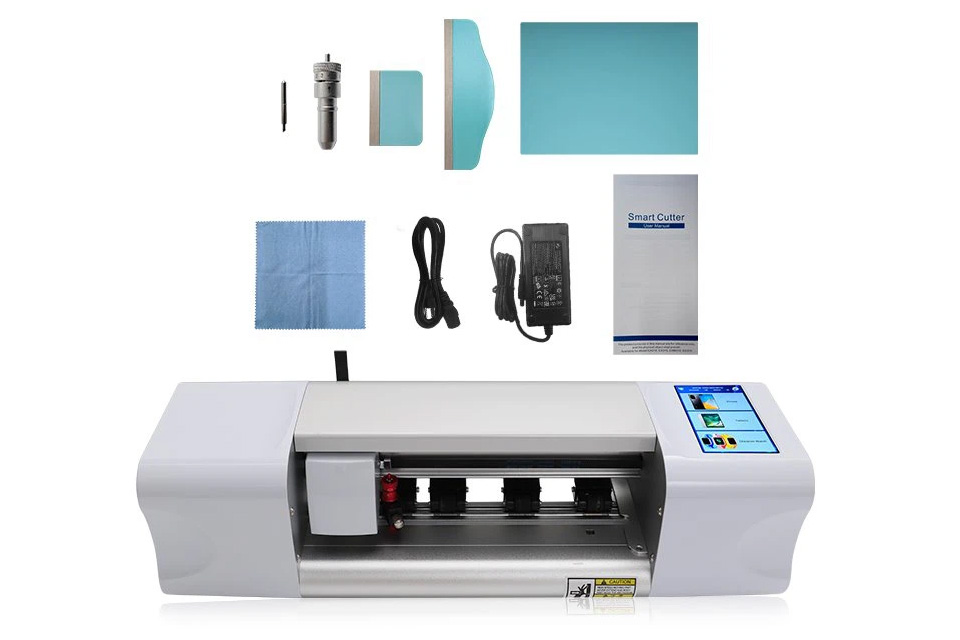
What Film Cutting Machine and Its Application
Film cutting machines have played a crucial role in the evolution of filmmaking and various industrial processes by enabling precise cutting and splicing of film materials.
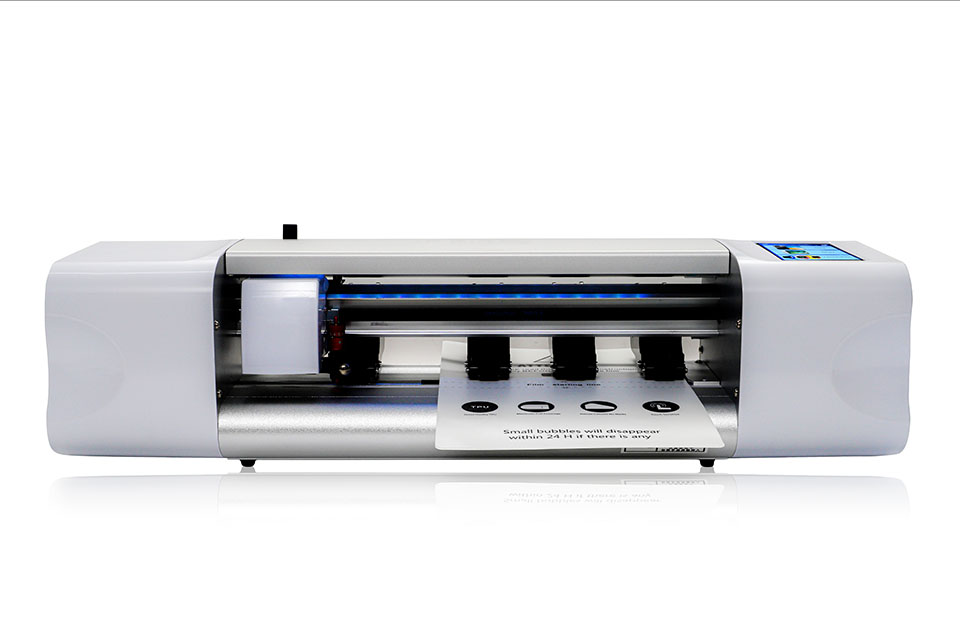
What Is a Screen Protector Cutting Machine?
A screen protector cutting machine is a specialized device designed to produce custom-fit screen protectors for various electronic devices, including smartphones, tablets, smartwatches, laptops, and monitors.
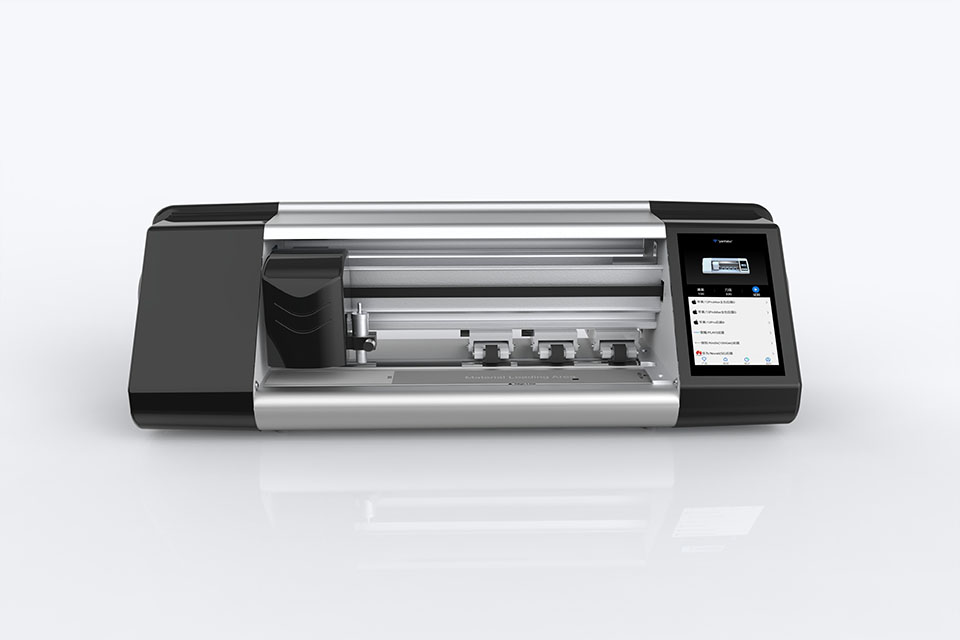
How Mobile Phone Screen Protector Cutting Machine Work?
A mobile phone screen protector cutting machine is a sophisticated device designed
to produce customized screen protectors for various digital devices with high preci
sion and efficiency.
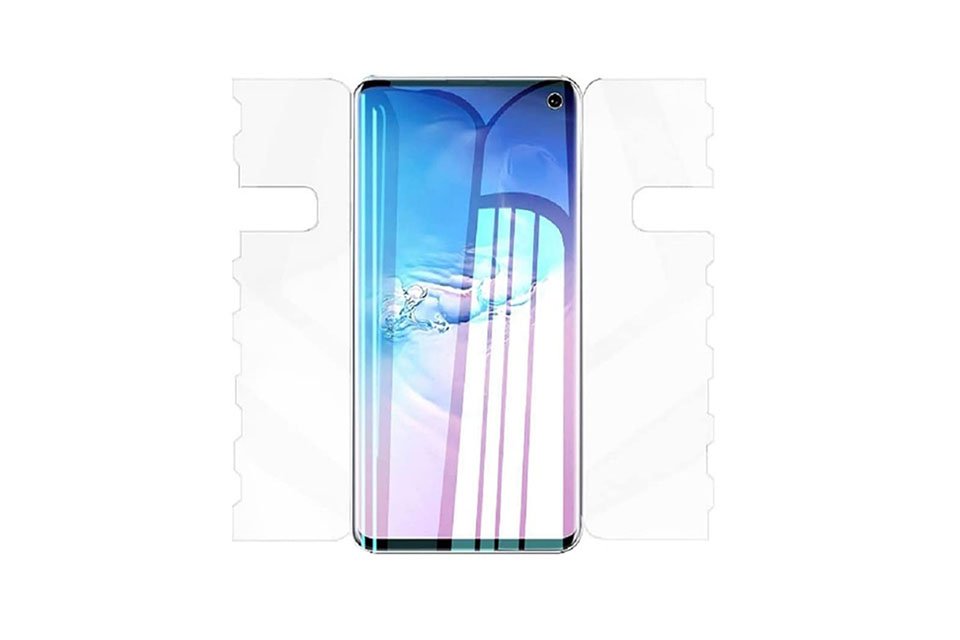
Characteristics of Mobile Phone Tempered Glass and Mobile Phone TPU Screen Protector
Thermoplastic polyurethane (TPU) screen protectors are flexible, durable, and
self-healing plastic films designed to protect electronic device screens from
scratches, impacts, and other potential damages.
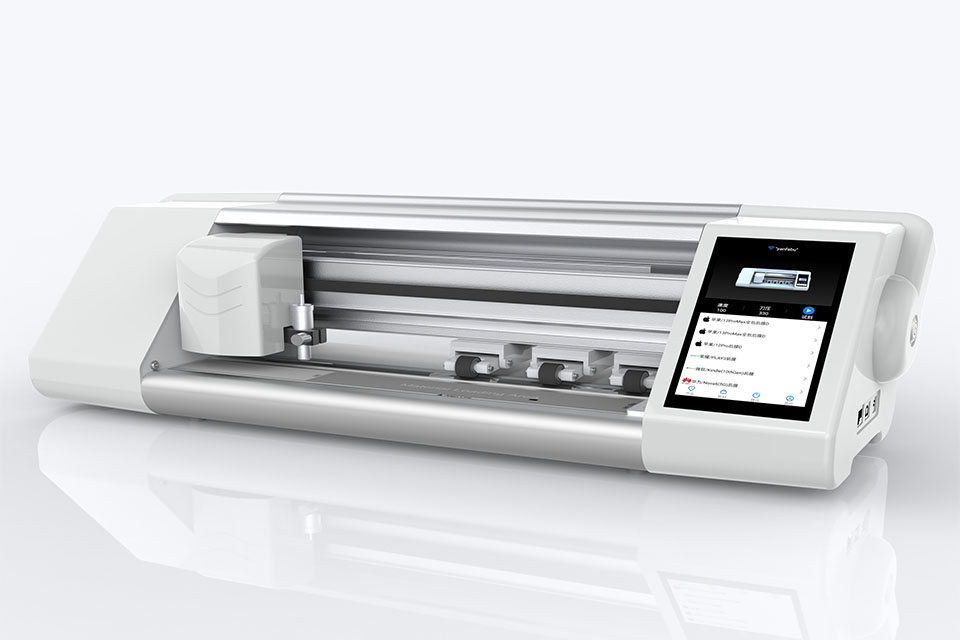
Revolutionize Device Protection with Screen Guard Cutting Machine
Whether you possess a smartphone, tablet, or smartwatch, this versatile machine accommodates a vast array of devices. It seamlessly adapts to the dimensions of your gadget, offering a custom fit that generic protectors can’t match.

Screen Protector Lifetime Warranty
A screen protector lifetime warranty is a guarantee provided by manufacturers that
promises to repair or replace a screen protector for the lifetime of the product, under specific terms and conditions.

